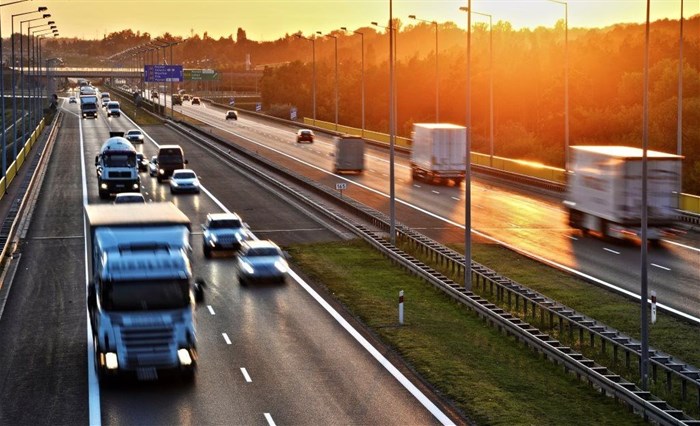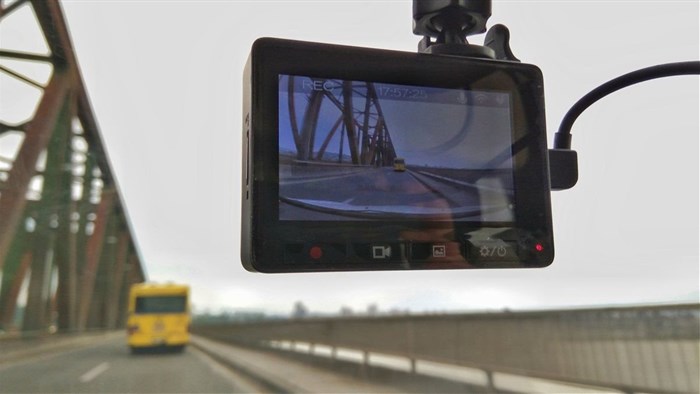There's clearly a need to improve safety across South Africa's logistics fleets. Logistics-type vehicles are disproportionately involved in fatal crashes.
According to the Road Traffic Management Corporation (RMTC), light-load vehicles are 1.8% overrepresented in terms of their relation to the total number of vehicles on the road. The figures for heavy passenger vehicles (6.9%) and heavy-load vehicles (5.4%) are equally perturbing. Statistics from 2019 show that road accidents cost the national economy an estimated R170.6bn.

Source: Supplied
But from the fleet owner’s point of view, improved safety is just one challenge – another is the need to manage the total cost of fleet ownership rigorously. The latter challenge is particularly pressing as fuel and other running costs escalate along with a shortage of suitable human resources and a highly competitive environment.
In short, lowering costs while improving reliability and turnaround times are critical success factors in today’s economy, especially in South Africa given its reliance on road freight.
If this all looks like a tall order, it is – and that’s where dashcams come into the picture. Like much of today’s smart technology, dashcams offer innovative functionalities like facial recognition but the real secret is the ability to manipulate the data they send back to the control centre, increasingly using artificial intelligence and machine learning capabilities accessed cost-effectively via the cloud.

Source: Supplied
This intelligence can be used for a variety of purposes, as indicated below:
Enhanced driver and cargo safety
Automatically recorded footage can provide managers with information about driving behaviour and adherence to company protocols. This could prompt training as needed, but also alerts in real time if, for example, driver drowsiness or other immediately risky behaviour (such as cell phone use or seatbelts not being used) is detected. This is particularly relevant given that human error is implicated in 85% of all fatal road accidents, with 36% of these fatal accidents involving light delivery vehicles, minibuses, trucks, vans or buses.
Lowered total cost of ownership
Constantly monitoring driving – and suggesting improvements – can help reduce fuel consumption and vehicle wear and tear.
Faster turnaround times
Dashcam data can help managers identify bottlenecks and other inefficiencies that could potentially be remedied to improve the vehicle’s productivity, especially when it comes to loading and unloading, as well as routing and scheduling.
Immediate and enhanced reporting of incidents. In the event of an accident or other incidents occurring that might involve the policy or an insurance claim, dashcam data can be used to provide accurate information rapidly, thus speeding up the whole process and potentially leading to better outcomes for the company and driver.
Reduced insurance premiums
Risk mitigation via well-crafted insurance is obviously a key strategy for fleet owners, but it does represent a significant overhead. The use of dashcams can help convince your insurance company that your fleet represents a lower risk because the chance of accidents and damage to/ theft of cargo is reduced.
There is a chance that your insurer may significantly discount your premium which will help to subsidise the installation and monthly dashcam expenses. It makes sense to explore this cost saving on your insurance when investigating whether or not to invest in this technology.
There’s no doubt that fleet managers are under constant pressure to improve performance on all levels. Smart technology like dashcams, used effectively, offer them a range of opportunities to achieve their goals.


































